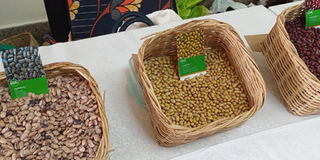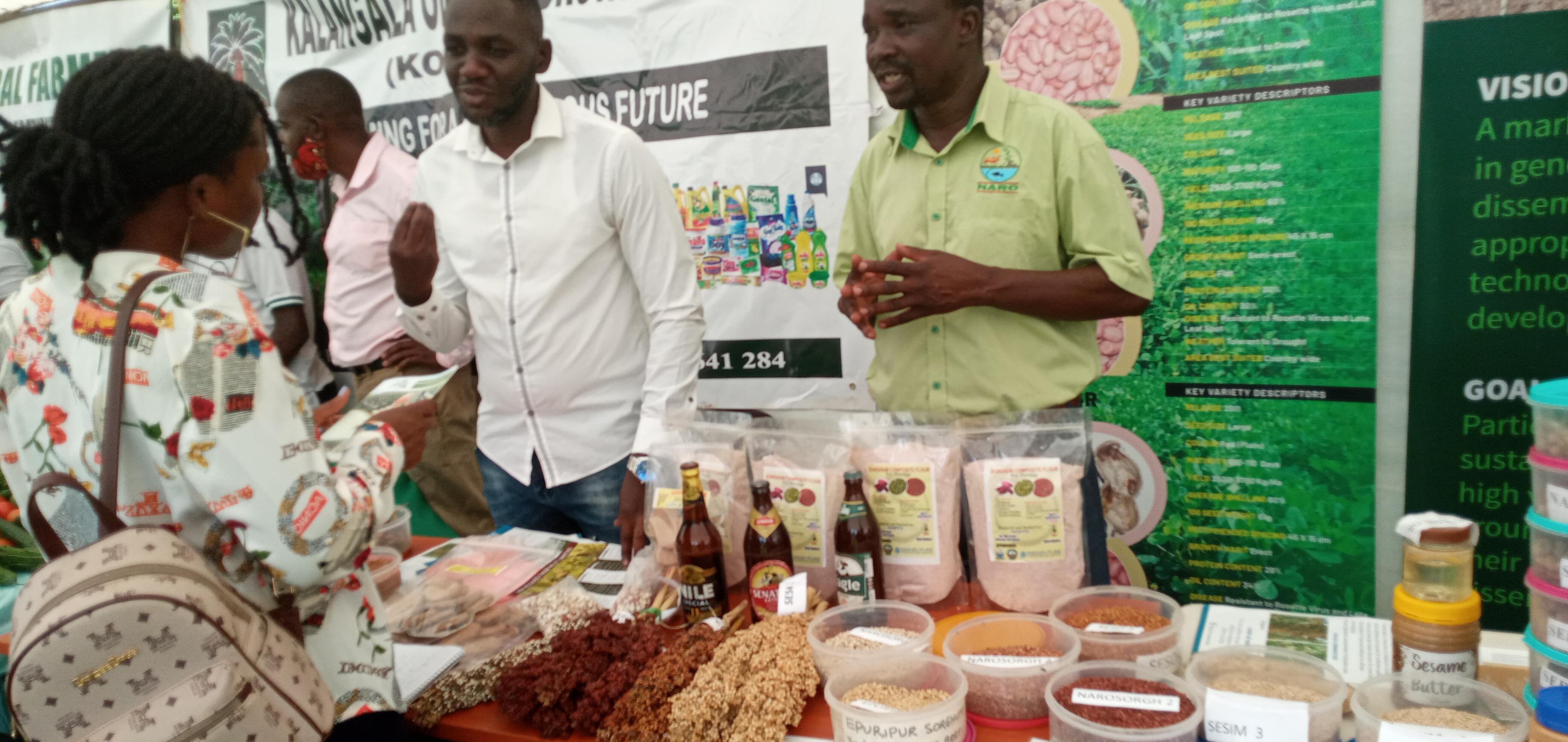Prime
New Naro bean variety gives hope to Karamoja farmers

Besides being rich in iron, zinc and fiber, it flourishes well in all kinds of climate. Photo | George Katongole
What you need to know:
- The Naro bean 7 variety whose agricultural research at Namulonge Agricultural and Animal Production Research Institute was finalised in 2019 is said to rich in iron and zinc.
Although Karamoja has over years been painted as a place hostile to certain crop outside sorghum, a pilot project on a new bean variety has made a progressive headway in the subregion, giving hope in the fight against malnutrition and hunger.
The Naro bean 7 variety whose agricultural research at Namulonge Agricultural and Animal Production Research Institute was finalised in 2019 is said to rich in iron and zinc.
Over time, it has had multiplication trials in both Kotido and Kaabong districts among individual farmers and in 32 schools, with tales of better yields from the trial fields reported.
High yielding
According to Maria Logoth, one of the pioneer beneficiaries in Lokona village, Kacheri Sub-county, Kotido District, the new bean variety is high yielding, drought tolerant, and matures within a record 75 days from the day of planting.
Logoth says besides those other character traits, “The beans take one hour to get ready when boiled, making them easy to cook for even areas where there is scarcity of firewood.”
From the 10 kilogrammes of seed which was given to her to pilot the adaptiveness of the beans, Logoth says she managed to harvest one and half bags, which is so unique when compared to the other varieties on market.
“I was shocked that irrespective of the drought that left much of Kotido devastated, I was able to harvest close to 200 kilogrammes of beans,” she narrates, adding that each bean plant bears more than 40 seed pods.
Culinary
Logoth says when it comes to its culinary, the bean is so tasty for children to repeatedly feed on.
Based on the initial success, Logoth says she intends to plant 50 kilogrammes of the same bean in 2023, because of the better traits both in terms of food value and the high yielding aspect.
“It is a crop that according to the scientific interpretation of nutritional benefits can enhance the fight against malnutrition which for long has been a burden in Karamoja, ” she attests.
Another beneficiary, Grace Natyang, a retired teacher, says from 20 kilogrammes that she was handed to as pilot seed by Soroti Rural Development Agency (SORUDA), a development partner helping in the multiplication of the new bean seed, she managed to harvest two bags, despite the fact that the garden was hit by severe drought.
The Lomodit village, Lokitelebo parish in Kotido District resident adds that the success in the bean growth has a correlation to the scientific findings by Naro that the new crop easily adapts to drought conditions.
Double yields
“This variety, besides having higher nutritional levels, have low gas accumulation content to the consumers,” says Natyang. Farmers who have planted the beans have reported double yields.
“This new variety has increased my income. On the one acre where I planted 20 kilogrammes, I produced more than 200 kilogrammes, which gave me good money,” said Natyang.
“For long, we have depended on beans from other regions, we now believe we have got what can do best for the Karamoja sub region,” Natyang says.
She added: “When cooked, these beans absorb water faster than the old varieties I used to plant.”
Plant breeder tips farmers
Dr Stanley Nkalubo, a plant breeder at Namulonge Agricultural and Animal Research Institute, who is the brains behind the crop, says the bean has traits that are adaptive to Karamoja’s climate making it the ideal crop suited for the sub region.
Nkalubo confirms that the variety that is iron and zinc rich, is also tasty and matures within 75 days, adding the culinary benefits are such that it is sweet, making it even better placed to rid malnutrition among the school going children.
“We thought it wise to have a solution based crop for Karamoja, we are glad that these beans will bridge the gap,” says Nkalubo, adding that the research in the bean department has been ongoing though, amidst finance constraints.
“Prior to this latest variety, we have had varieties such as Naro bean one to Naro bean 6, which have done extremely well also in other regions, but this Naro bean 7 has been found to do much better in Karamoja,” he says.
Matures early
“Besides being rich in iron, zinc and fiber, it flourishes well in all kinds of climate, early maturing, and that makes it a better gem for Karamoja,” the Namulonge based plant breeder explains.
Nkalubo says under normal agronomical practices, each hectare is able to give a farmer 3000 kilogrammes of Naro bean, adding that the only challenge that has been cited are the stem maggots that seem to feed on them, “but that should not worry us , pesticides are available to address that challenge.”
The Namulonge based scientist credits USAID, Feed the future Uganda inclusive agricultural market, and care Uganda under the DINU project funded by European Union, for the support in the propagation of the seed technology from Naro.




